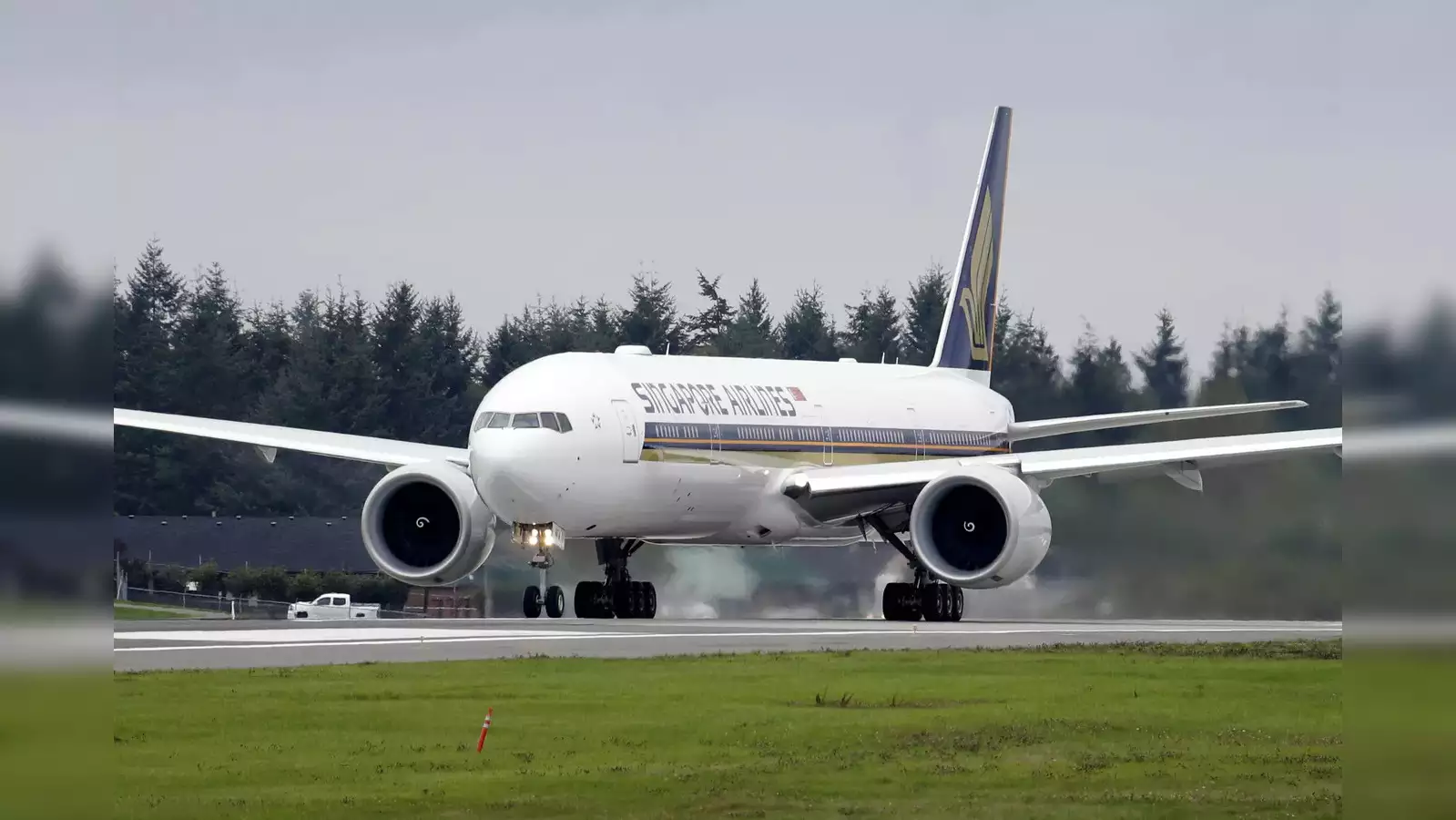
Table of Contents
ToggleSingapore:
According to a media source on Thursday, some frequent travelers have criticized Singapore Airlines (SIA) for making a hurried decision that is already having an impact on its service offerings and elevating the stress levels of cabin crew. This is in response to the recent extreme turbulence on the airline’s aircraft.
The general mandate, according to The Straits Times, that “cabin crew members must buckle up when the seat-belt sign is turned on” and that lunch service be suspended has had an impact on both passengers and workers.
Shortly after severe turbulence on Flight SQ321 from London to Singapore on May 21, which resulted in one passenger’s death and numerous injuries, SIA implemented more extensive safety protocols.
Meal service must now be totally stopped when the seatbelt sign is activated. Previously, only hot beverages and soup were prohibited from being given, and service may continue at the crew’s discretion.
The Straits Times reported comments from crew members and passengers regarding an area of the Andaman Sea known for turbulence that flights arriving (towards Singapore) from Europe fly over.
West of Thailand is the Andaman Sea, which is a portion of the Indian Ocean.
One flight attendant reported that on her most recent three-and-a-half-hour journey on the Singapore-India route, there was more than an hour of turbulence. The cabin crew had limited time left, so they had to finish supper service.
“After flights where turbulence affected service, some passengers rate service as average to poor via the customer feedback channel, not understanding why the service policy change is important,” the broadsheet cited her as saying.

“Although we’re worn out and stressed, all we can do right now is keep working within the constraints of the situation.”
Crew members have had to modify “by doing things like removing after-take-off drinks to manage the time we have for meal service,” according to a flight attendant.
“Passenger reactions vary—some are very understanding, while others feel short-changed,” the speaker observed. The flight attendant reported that since the incident, in-flight supervisors have been actively monitoring the well-being of crew members at pre-flight briefings he has attended. He also mentioned that a counseling team has been established to assist cabin staff.
“I think the crew will try to provide the same service standards safely,” stated another member of the crew, “even though it might be more stressful as meal service may be affected.” An SIA crew member who has been flying for more than ten years stated, “We can’t fight Mother Nature,” and added that safety is still the crew’s primary priority.
The regulation change, according to John Tan, lead professional officer and instructor in the Singapore Institute of Technology’s air transport management degree program, “highlights the importance of adaptability in aviation safety.”
“Effective protection of passengers and crew requires prompt responses. According to Tan, implementing policy adjustments in response to events promotes a culture of ongoing safety improvement, as reported by the Singapore daily.
However, Tan continued, SIA may find it difficult to strike a balance between service quality and safety.
“Reducing the amount of time cabin crew must spend in the aisles is the goal. This can mean retraining cabin staff to boost productivity or altering the way services are provided without sacrificing quality for SIA. Additionally, he stated that changing the arrangement of the cabin is still an option.
However, Shukor Yusof, the creator of the aviation consulting firm Endau Analytics, thinks the new protocol won’t have an impact on the quality of SIA’s services.
He was cited as saying, “The decision was made after serious consideration and the urgent need to, first and foremost, prevent nasty injuries for passengers and crew in the future.”






































